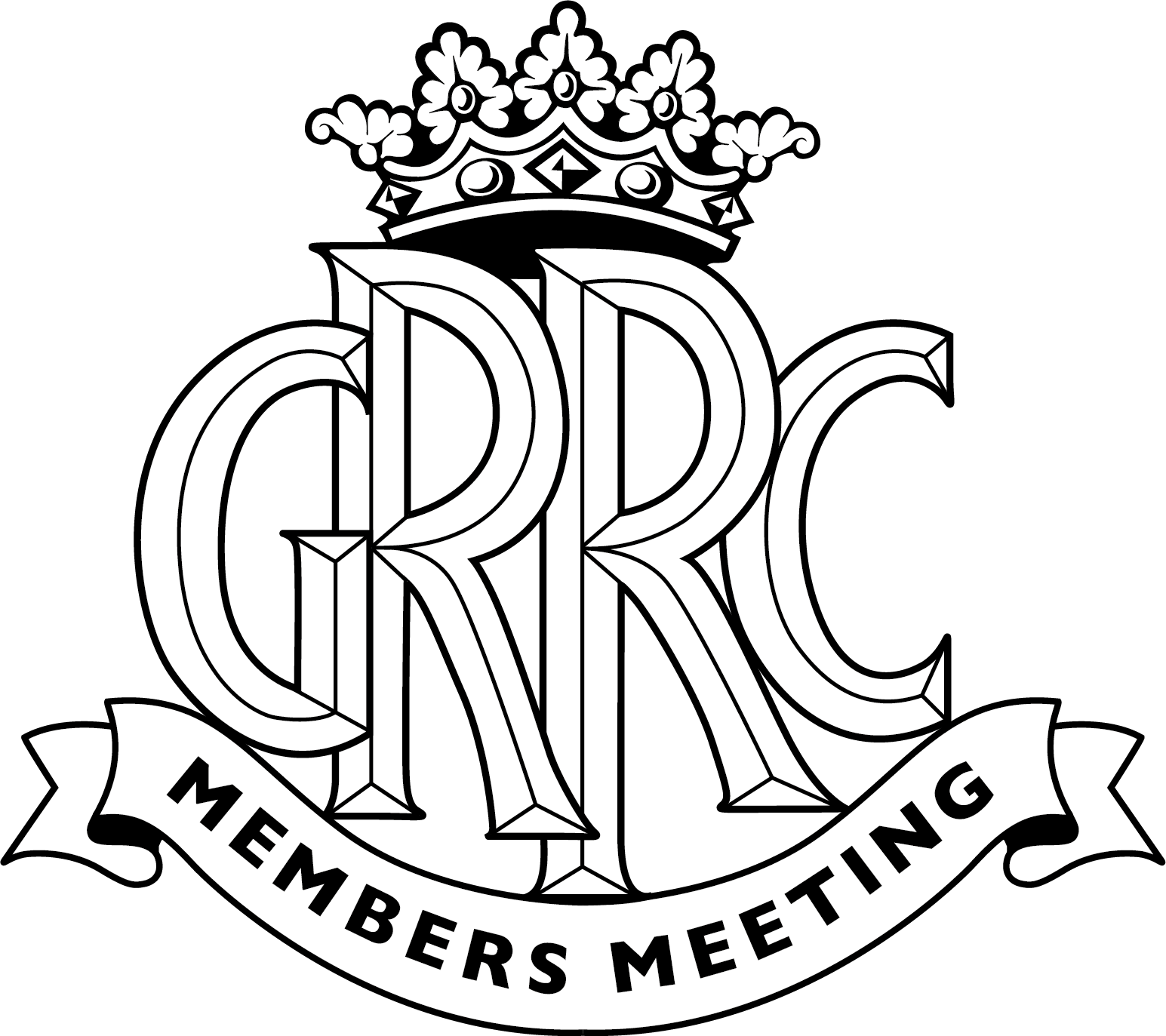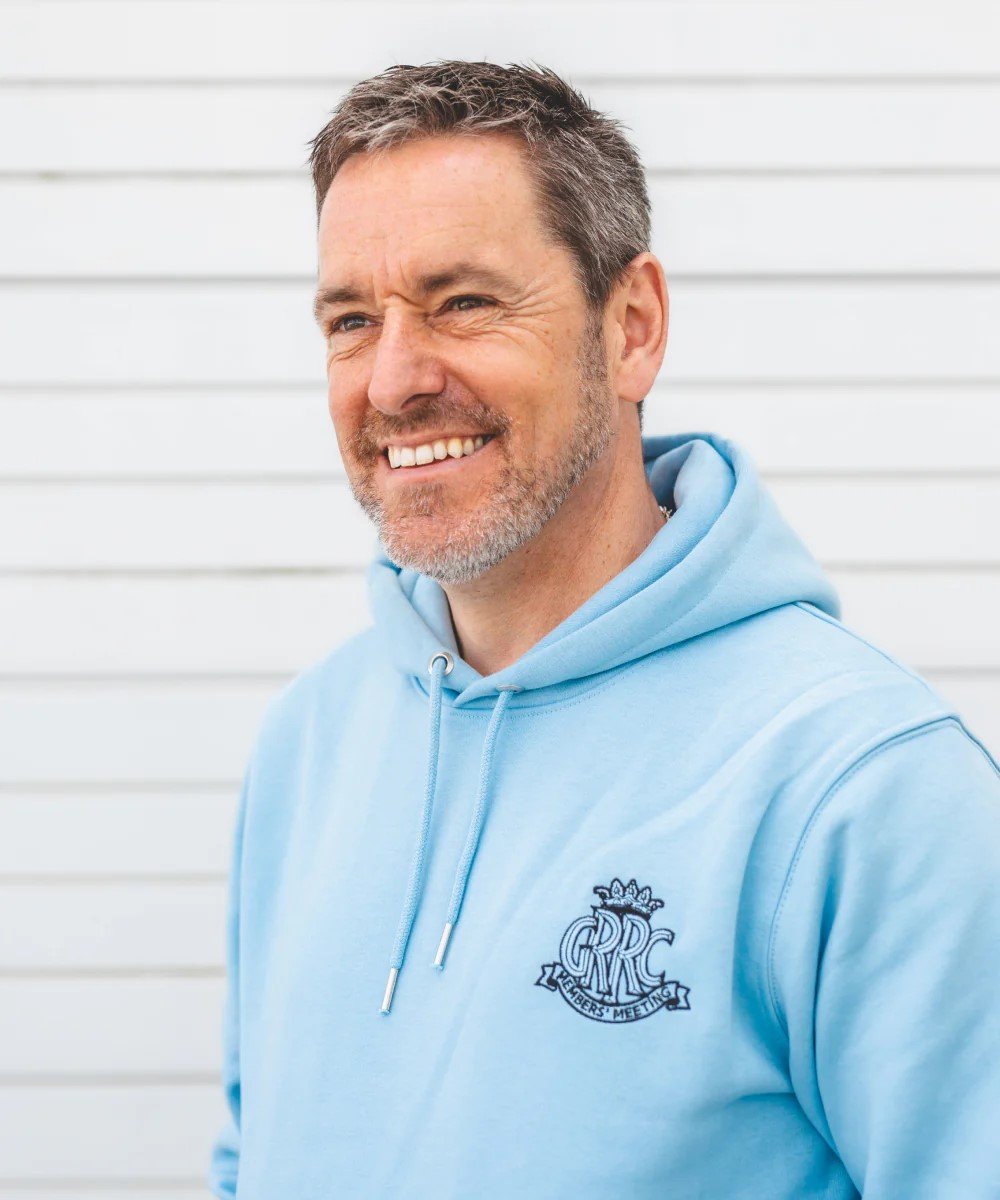Will the best rider win the 2022 MotoGP championship?
The 2022 MotoGP World Champion is due to be crowned on the first weekend in November. It will almost certainly be Pecco Bagnaia, the Italian former Moto2 champion who leads the factory Lenovo Ducati team. It might, by the slimmest of chances, be the defending champion Fabio Quartararo, though for this to happen the Yamaha rider would have to claim his fourth win of a very difficult season, and for Bagnaia to finish no better than 15th. But what does the championship actually mean – beyond of course financial bonuses, sponsorship deals and kudos? To what extent does it signify who has been the best rider of the year?

The question arises because of the nature of this year’s contest. There is an element of last man standing, the result has been decided as much by mistakes as racing prowess.
Bagnaia has had five crashes, each time succumbing to pressure. They represent the loss of 100 potential points. If he had avoided doing that just once he wouldn’t have had to wait until the last race to try and claim the title. At the same time, on the credit side, he has had to withstand ferocious attacks from within the eight-strong ranks of Ducati, and not only from his own team-mate Jack Miller. The Australian has generally been supportive of Bagnaia’s efforts.
The opposite is true of MotoGP sophomore Enea Bastianini. The self-styled “Beast”, another former Moto2 champion, rode a year-old Ducati for the independent Gresini team in 2022. Next year he replaces Miller as Bagnaia’s team-mate, where his threat will be redoubled. (Your team-mate being, of course, the first person you have to beat.)

He won four times this year, once narrowly beating Bagnaia; and at two other races crossed the line barely a wheel’s breath behind after furious last-lap attacks that threatened to take both of them down. Team orders? Hah, no sir.
Quartararo crashed out three times, once (at Aragon) through no fault of his own. But he too has shown a tendency to choke, the pressure coming not only from other riders but also the fact that his Yamaha is a long way short of the performance of Ducati, Aprilia and often other bikes too. He has had to dance on a razor’s edge, far exceeding the results of the other Yamaha riders (one of whom, veteran star Andrea Dovizioso, was so disappointed in the bike that he didn’t even finish the season).
Then there was the early contender Aleix Espargaro on the transformed Aprilia – formerly underdogs both rider and bike, but briefly even leading on points. The Spaniard’s chances were undermined by three errors, only one his own. That was at his home grand prix in Catalunya, where he celebrated a fine second place one lap too soon, and had dropped to a red-faced fifth by the time he realised his error. Then at Assen he was pushed off track by a tumbling Quartararo, producing an epic fight from the rear through to fourth, suggesting that he had the speed to win. And in Japan a team error left a fuel-saving sighting-lap electronic setting on his bike, forcing a punishing pit-lane start and his only no-score of a wonderful year in which injury also hampered his efforts.

In among this catalogue of self-sabotage and unlucky breaks was the proverbial wrecking ball Marc Marquez, Honda’s prize rider (indeed the only one, like Quartararo, who can coax competitive performance out of the recalcitrant RC213V). Marc was out of the championship, having missed six races for a fourth major surgery to the right humerus he broke at the start of 2022, and which in the course of the three previous operations had drifted an astonishing 30 degrees out of alignment. But boy, was he back with a vengeance.
The wrecking ball image was all too literal at his first race, when through no fault of his own he knocked Quartararo off on the second corner He would do the same to satellite Honda rider Takaaki Nakagami on the same lap, again innocently, the consequence of unsuspected bike damage in the first collision.
Still not race fit, and on an outclassed bike that had suffered badly in every area through his previous absences, Marquez was nonetheless straight back to the sharp end – on pole in Japan on his second race back, and a whisker-close second in Australia.

It begs the question, did the championship go to the best rider? Both Marquez and Quartararo far exceeded the performance of their machines; while Bagnaia had the benefit of the best bike on the grid.
But he still had to ride it faster than seven other Ducati riders, and has probably done enough to add the riders’ title to Ducati’s constructors’ and teams’ wins – the coveted triple crown, for the Italian marque’s second time only, since Stoner did it in 2007. In the end, that’s what matters.
Images courtesy of Motorsport Images.
MotoGP
Pecco Bagnaia
Fabio Quartararo
Marc Marquez
Aleix Espargaro
Ducati
Yamaha
Honda





